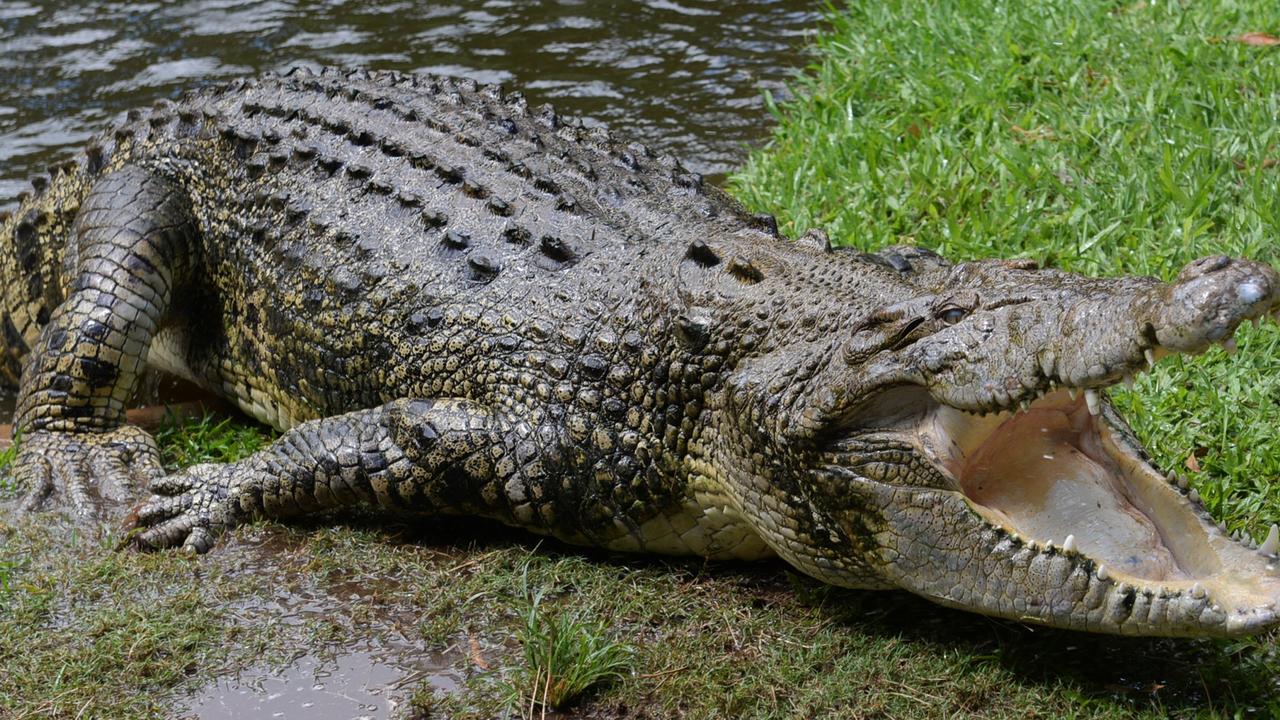Australia fights back against mammal extinction crisis
Australia's mammal extinction crisis is one of the worst in the world, with thousands of invasive species continuing to wreak havoc on our precious native wildlife.
Since European colonisation, predators like foxes and feral cats have driven countless animals to the brink -- or wiped them out entirely. These relentless invaders outcompete their local counterparts for food, destroying habitats and decimating populations that had thrived in isolation for millions of years.
But while the outlook is dire, the fight isn't over, and all hope is not lost. Across the country, dedicated researchers and conservationists are working around the clock to pull our most vulnerable species back from the edge before it's too late.
UNSW ecologist Dr Bec White is one of them. She focuses on ecosystem restoration and reintroduction ecology through her work on the Wild Deserts project. Speaking to Yahoo News, Bec explained that the project aims to restore Sturt National Park's desert ecosystem, which was decimated after European arrival in Australia.
Located in Far Western NSW, the national park is a vast and arid wilderness area, spanning hundreds 344,391 hectares.
Through enormous fenced and semi-fenced enclosures in the park, Bec, in partnership with NSW National Parks and Wildlife Service and environment group Ecological Horizons, has reported some incredible achievements in conserving some of our most ecologically important species.
"A lot of our natives have gone extinct. They were eaten by predators like cats (which some estimates suggest cost the economy $18 billion per year to manage) and foxes. Rabbits had a massive impact, too," Bec told Yahoo News.
"They ate everything. They removed all the cover and that had a lot of impact on species that relied on it. Water points allowed kangaroos to build up to really huge numbers and [they] over-graze.
"So, the poor deserts had all these terrible changes and this project is about trying to reverse a lot of that and bring it back to life."
Bec and her team built two huge fences, each enclosing 20 square kilometres (2,000 hectares), which are now completely feral-free.
By removing invasive threats from these enclosures, they were able to reintroduce seven vulnerable native mammal species back into their natural habitat -- crest-tailed mulgaras, bilbies, Shark Bay bandicoots, golden bandicoots, stick nest rats, western quolls, and burrowing bettongs.
It's a remarkable feat, but Bec said it's only the beginning. "It's not a forever solution to have those animals behind the fences, and we need to look at ways that we can get them beyond there," she said.
That's where the "wild training zone" comes in.
Spanning 100 square kilometres -- five times the size of the fenced areas -- this semi-protected landscape is designed to prepare reintroduced species for life in the wild by exposing them to low levels of predators in a controlled way.
"In that area, we're trying to remove a lot of the feral species, particularly the predators, but still have a few there and keep them down at really low levels," Bec said.
"We know that if you can keep them at low densities, native animals have a chance to learn what they are, and they can learn what kind of anti-predator behaviours they need to survive."
The wild training zone has a "leaky fence" -- one side is totally feral-proof and the other sides are wild-dog proof, which Bec said is intentional "so that some cats can get in and out".
Results so far have shown spectacular success, with Bec revealing the reintroduced quolls and bilbies are now "thriving" in those areas. When they were first reintroduced four years ago, the group was the first to return to the area in 150 years.
"We've actually released the western quoll, which would be the top-order predator out here in the desert, and also about 150 of our bilbies," she said.
"They've now bred in really high numbers in our feral-free area. What's really exciting is we're starting to see survival of both of those species in a landscape where there are low densities of predators.
"So, for us, that's our biggest win. We're starting to make those steps towards working out what kind of level we need to have those cats at, to allow the animals' opportunity to learn. Then we can then actually move what we're discovering here in our wild training zone area and take that even further into other parts of Australia."
Bilbies in particular are critical "ecosystem engineers", due to their burrowing and foraging behaviours.
Their digging helps aerate the soil, improving water infiltration and nutrient cycling, which benefits plant growth. By turning over large amounts of soil each night, bilbies also help spread seeds and create microhabitats for other small animals and insects.
The western quoll is one of four species of quoll in Australia and was once found across 70 per cent of the mainland, but has been reduced to just five per cent of its former range since European settlement. The species was extinct in NSW until earlier this year.
Feral cats and red foxes, introduced for hunting in the 1800s, have been responsible for the extinction of more than 30 native mammal species and continue to kill an estimated 1.7 billion native animals annually.
Small marsupials like the greater bilby, numbat, and central rock-rat have all suffered catastrophic declines due to relentless predation. Meanwhile, rabbits and feral pigs have stripped landscapes of vegetation, causing widespread habitat destruction and soil erosion.
The infamous cane toad, brought in to control beetles in sugarcane fields, has instead poisoned countless predators like goannas, quolls, and freshwater crocodiles that mistakenly see them as food.
Despite extensive control programs, many invasive species continue to spread unchecked, highlighting the challenges of managing Australia's unique and fragile biodiversity. Scientists warn that without stronger intervention, more native species could vanish in the coming decades.

















